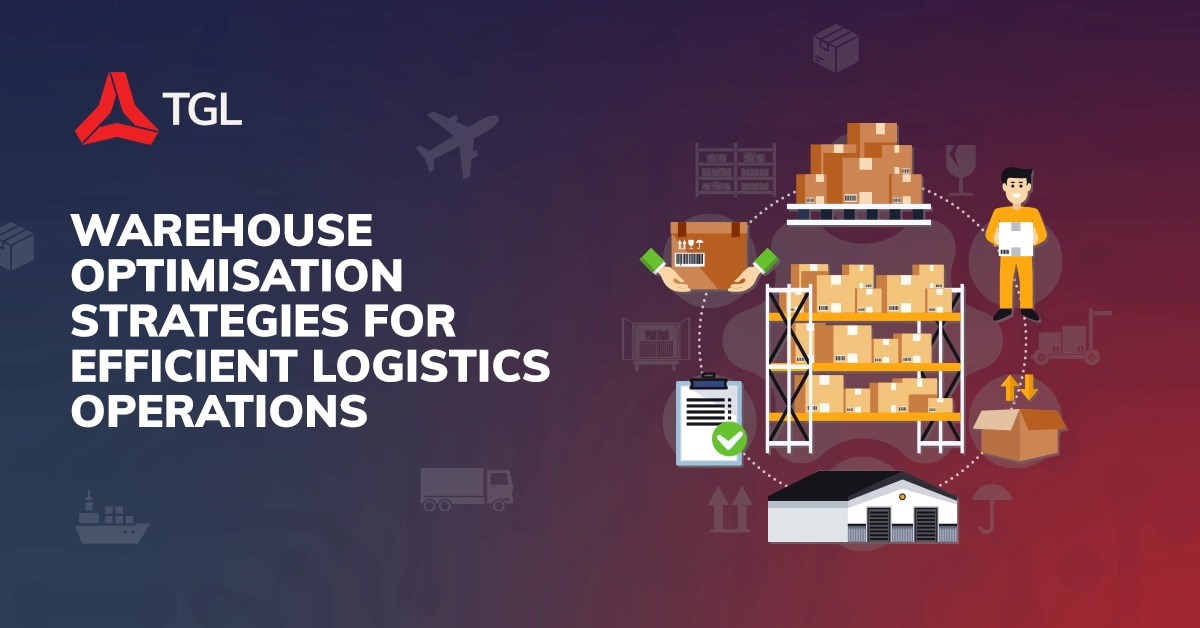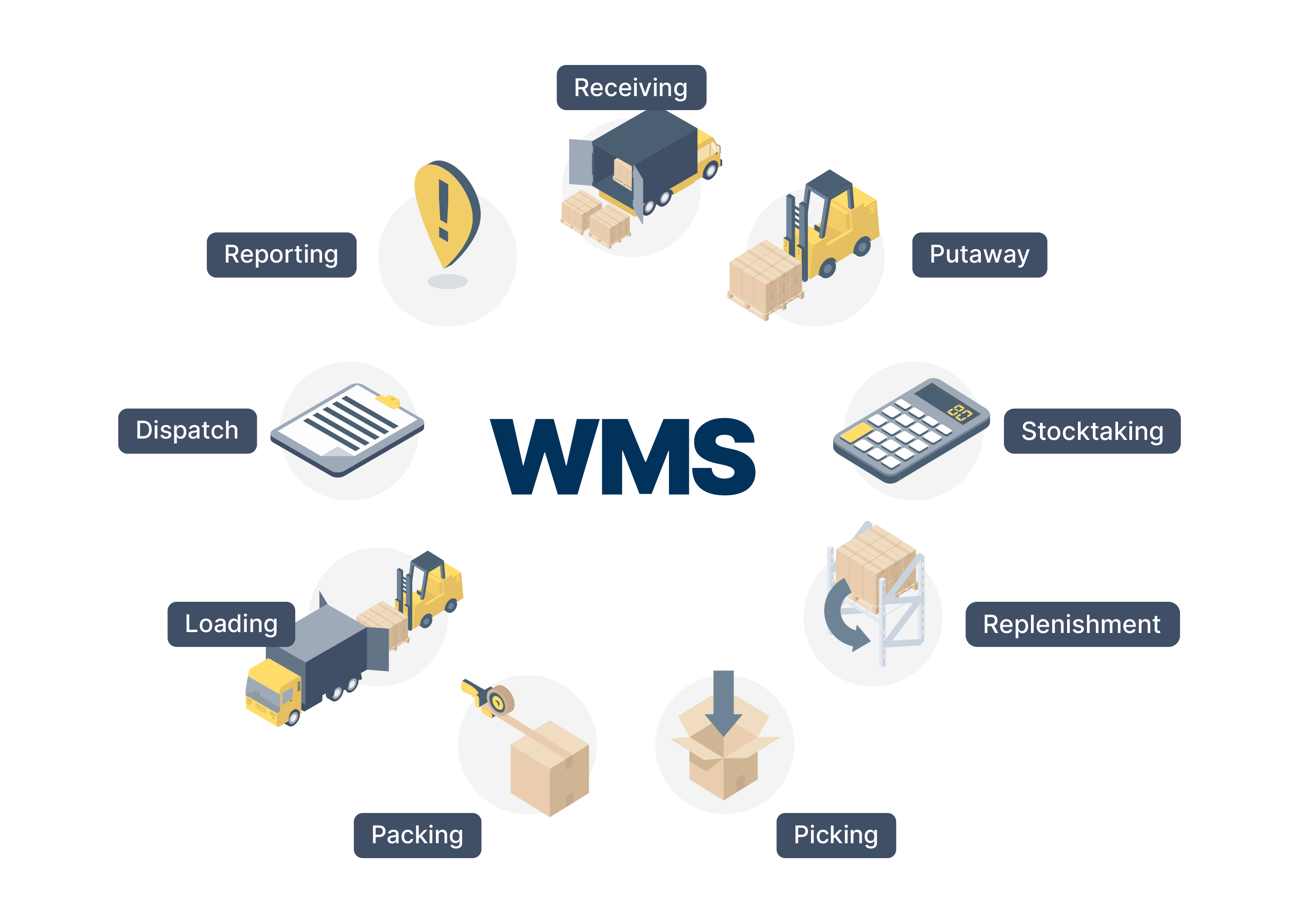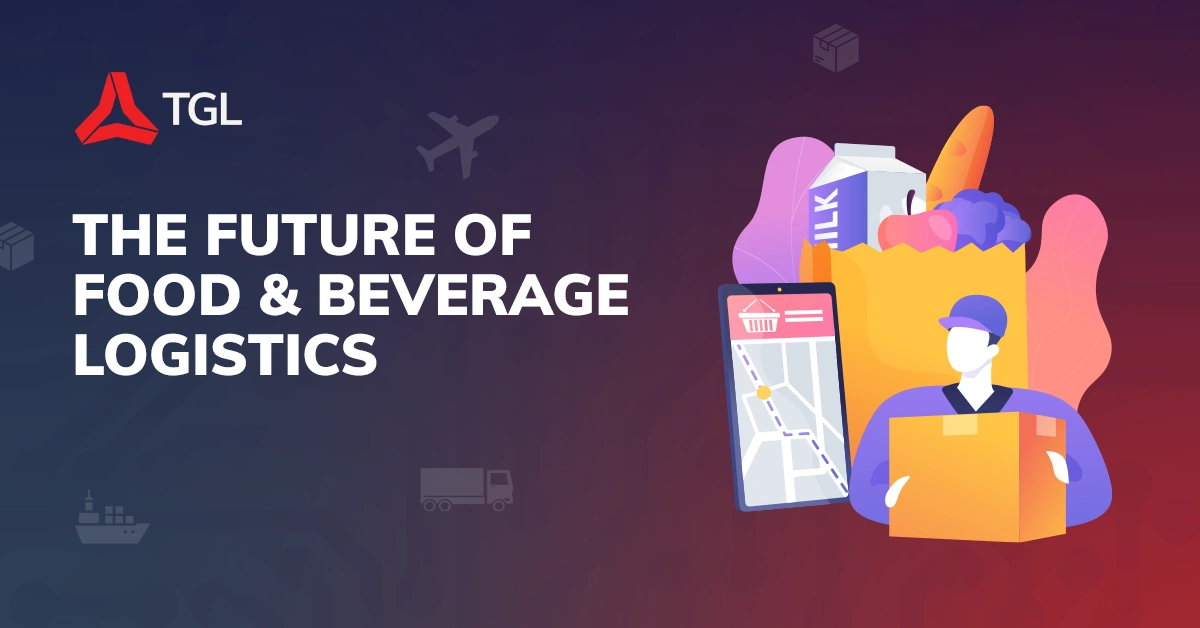Warehouse Optimisation Strategies for Efficient Logistics Operations

In the fast-paced world of logistics, warehouses play a pivotal role in ensuring the smooth flow of goods through the supply chain. As the demand for faster delivery and improved efficiency continues to rise, optimising warehouse operations has become essential for businesses looking to stay competitive. In this comprehensive guide, we'll explore warehouse optimisation strategies designed to streamline processes, maximize space utilisation, and enhance overall efficiency in logistics operations.
Lean Warehouse Management
Lean principles focus on minimising waste and maximising value-added activities in warehouse operations. By implementing lean practices such as 5S (Sort, Set in Order, Shine, Standardize, Sustain), just-in-time inventory management, and continuous improvement, businesses can optimise workflows, reduce lead times, and eliminate inefficiencies in their warehouses.
Inventory Management and ABC Analysis
Effective inventory management is crucial for optimising warehouse operations and minimizing carrying costs. ABC analysis categorizes inventory into three groups based on value and usage—A (high-value, low-usage), B (moderate-value, moderate-usage), and C (low-value, high-usage). By prioritising inventory based on ABC analysis, businesses can allocate storage space more efficiently, reduce stockouts, and improve order fulfilment rates.
Warehouse Layout Optimisation
The layout of a warehouse has a significant impact on operational efficiency, throughput, and productivity. Implementing strategies such as slotting optimisation, which involves organizing inventory based on factors like size, weight, and turnover rate, can minimize travel time, reduce picking errors, and optimise space utilisation within the warehouse.
Automation and Robotics
Automation technologies such as conveyor systems, automated guided vehicles (AGVs), and robotic picking systems are transforming warehouse operations by increasing speed, accuracy, and throughput. By automating repetitive tasks such as picking, packing, and sorting, businesses can reduce labour costs, improve order accuracy, and enhance overall productivity in their warehouses.
Warehouse Management Systems (WMS)
Warehouse management systems (WMS) are software solutions designed to streamline and optimise warehouse operations. WMS platforms offer features such as inventory tracking, order management, labor management, and real-time visibility, enabling businesses to improve inventory accuracy, enhance order fulfilment processes, and make data-driven decisions to optimise warehouse performance.
Cross-Docking
Cross-docking is a logistics strategy that involves transferring goods directly from inbound to outbound vehicles with minimal or no storage in between. By bypassing traditional warehousing processes and reducing handling and storage times, cross-docking can improve order fulfilment speed, reduce inventory holding costs, and streamline distribution operations.
Demand Forecasting and Predictive Analytics
Accurate demand forecasting is essential for optimising inventory levels, reducing stockouts, and improving warehouse efficiency. By leveraging predictive analytics and data-driven forecasting models, businesses can anticipate demand fluctuations, optimise inventory replenishment strategies, and ensure the right products are available at the right time in the warehouse.
Sustainable Warehouse Practices
Sustainability is increasingly becoming a priority for businesses looking to reduce their environmental footprint and operate more responsibly. Implementing sustainable warehouse practices such as energy-efficient lighting, renewable energy sources, waste reduction, and recycling initiatives can not only lower operating costs but also enhance brand reputation and contribute to a more sustainable future.
Employee Training and Engagement
Investing in employee training and engagement is critical for optimising warehouse operations and ensuring workforce productivity and morale. By providing comprehensive training programs, fostering a culture of continuous learning and improvement, and recognizing and rewarding employee contributions, businesses can empower their workforce to perform at their best and drive operational excellence in the warehouse.
Continuous Improvement and Performance Monitoring
Continuous improvement is a fundamental principle of warehouse optimisation, requiring businesses to regularly evaluate performance metrics, identify areas for improvement, and implement corrective actions. By monitoring key performance indicators (KPIs) such as order accuracy, on-time delivery, inventory turnover, and labour productivity, businesses can identify trends, measure progress, and drive ongoing optimisation efforts in their warehouses.
Warehouse Optimisation: Why You Need It
An inefficient warehouse will have a profound impact on the quality of your service. By increasing storage and efficiency, your ROI should be evident, and your workforce happier.
Warehouses to rethink layout and storage efficiency like never before. We aim to help this change happen seamlessly and with the end goal of warehouse optimisation in mind.
Bowen Storage offers first-class solutions for industrial storage. We provide leading, innovative storage and consultations so that your warehouse can operate with maximum efficiency.
Check out you can also book a warehouse in Sydney https://tgl.co/warehouse-3pl/
TGL
We specialise in offering business-to-business logistics services, including sea freight, air freight, domestic freight, warehousing, and customs clearance to all industries. We lead the industry in delivering exceptional services to our customers by focusing on our people and technology. Through our people-focused approach, we deliver a tailored experience to our clients by bringing a welcoming face into a faceless industry. Together with our staff, customers, and our partners, we aim to create a strong community we call Think Global Logistics.
What makes us different is providing our customers with a simplified service platform through fixed quoting and transparent pricing along with a single point of contact to guide you through the whole process, from start to finish. From knowing who to call for any needs to having a simple-to-understand cost structure, our customers are never in doubt and always in control.
TGL is and will continue to invest in developing its proprietary systems that will automate processes, reshape workflow, and collect data for smart, dynamic reporting. Our use of technology and automated systems delivers you a swift and simplified process and ensures a cohesive, transparent, and collaborative experience.
Whether your business requires the shipment of building materials, heavy machinery, food and beverage, fashion and clothing, technology devices, or many more. TGL has experience across all industries.
By following these guidelines and conducting thorough research, you can choose the right logistic company that will drive your business success. Remember, a reliable logistic partner can provide you with the necessary support to streamline your operations, reduce costs, and improve customer satisfaction. So take the first step today and start your journey towards finding the perfect logistic company for your business.
Conclusion
Optimising warehouse operations is essential for businesses looking to achieve greater efficiency, accuracy, and productivity in their logistics operations. By implementing lean principles, leveraging automation and technology, optimising layout and inventory management, and investing in employee training and engagement, businesses can streamline processes, minimize waste, and enhance overall performance in their warehouses.



